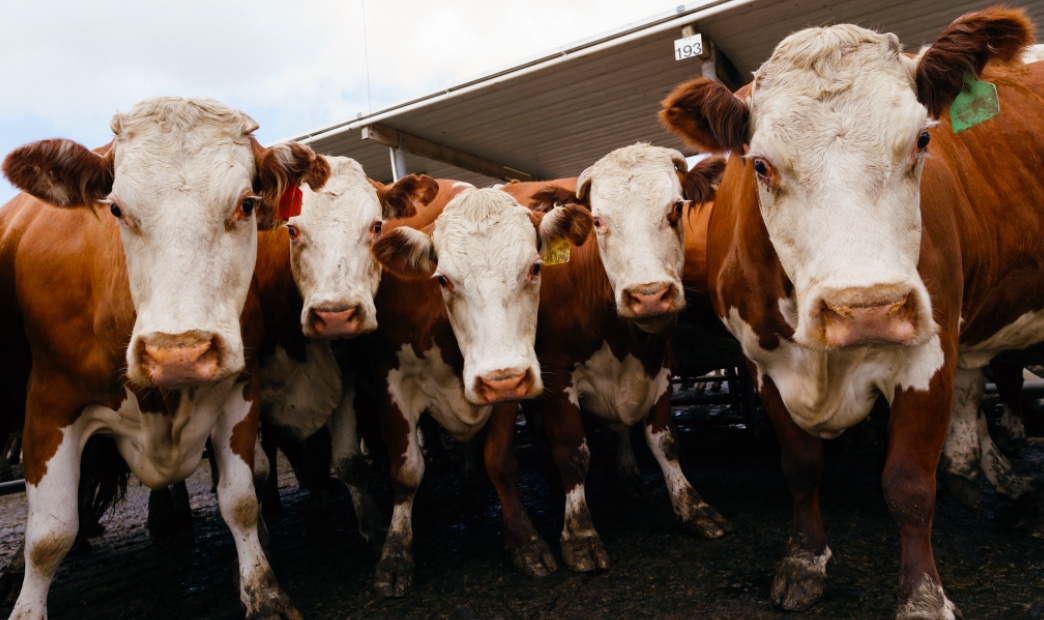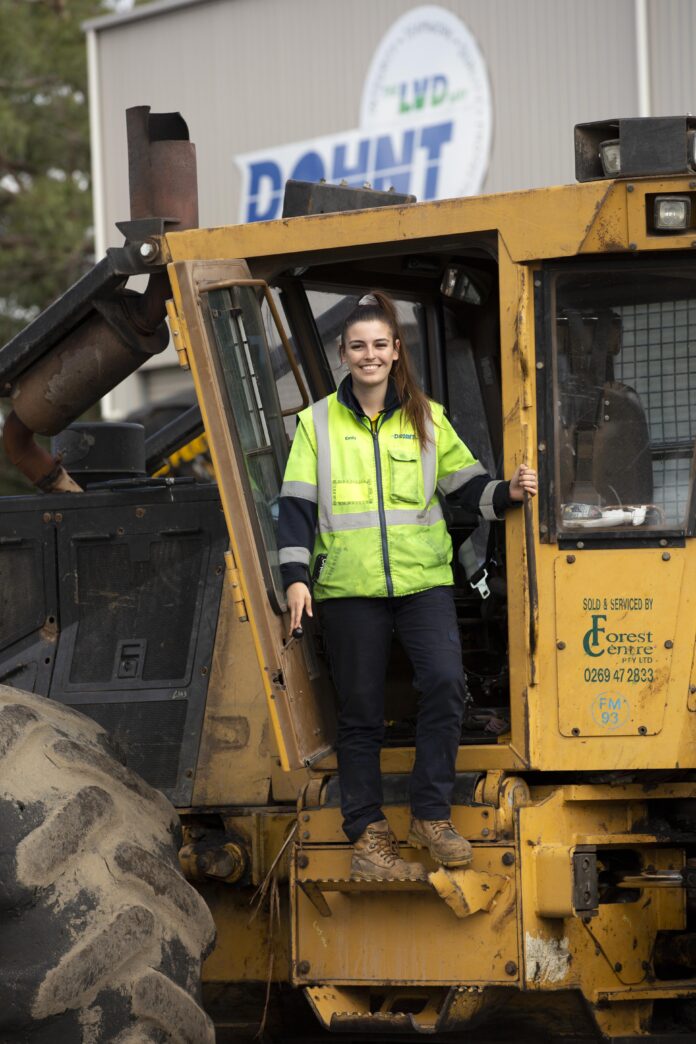Mount Gambier’s saleyards are setting new records, with cattle attracting prices never seen before in the region. Friday’s store market attracted 3500 cattle, following on from almost 4200 last month, with more than $5.6m in sales.
Combined agents chair Sam O’Connor said the cattle fetched “tremendous” prices, creating a sales boon for vendors. “The grown cattle were every bit as dear as the last sale, the lighter cattle were perhaps even a little bit dearer with huge interest from the north again,” he said.
“There were several orders from NSW taking a large percentage of the smaller cattle, both steers and heifers. “We know the numbers cannot continue to be sustainable where they are, but it’s tremendous to see the support we are receiving.”
Mr O’Connor said buyers came from as far north as northern NSW, north west Victoria and north of Adelaide while there were also the usual feedlot and local restockers. “Everything is certainly in the vendors’ favour, vendors are certainly making the most of the fortunate position they are in at this time, but they are aware that numbers and prices will not stay at these levels forever,” he said.
“The short to medium term looks very good for vendors, I do not like to predict much further than past spring, but until then I cannot see much changing,” Mr O’Connor said. “Once we get to spring it’s very difficult to predict what numbers will be like and what the demand will be, but the next six months are looking very favourable for the vendors.”
Mr O’Connor said everyone was asking themselves “where are the numbers coming from?”. “We do not know, it’s a wait and see, the reality is if we keep selling the numbers we are, there is going to be a very large shortage in the future,” he said.
“We are actually waiting for rain now, the feed is drying up and running out around the region, we are waiting for the break in the season, which traditionally between now and the middle of May we receive that break, so everyone is looking to the skies now.”
Mr O’Connor said the north of Australia was working on rebuilding the national herd, capitalising on good rains. “The north over this last season have received really good rains and have got a large amount of feed for the first time in many years and that is what is driving the restocking demand in the north of the country, rather than the south of the country,” he said.
“It’s great for their psyche and morale after so many years of horrendous drought, they have finally got a season where they can look to restock their herd. “As the national herd rebuilds it puts pressure on numbers and we are in a unique position where we have got numbers to take advantage of the national rebuild.”
Mr O’Connor said the market attracted high prices, with vendors receiving top dollar for their cattle. “The bigger cattle 450kg-plus were making between $2000 and $2300 dollars, so that’s between $4.50 and $4.80 a kilo and some were close to $5,” he said. “The light cattle were making anywhere from $5 up to close to $7 per kilogram.
“There were cattle there not much more than 200kg making close to $1400. “I saw cattle that were making $6.50 to $6.80 per kilo and there were well bred spring drop calves pushing $7. “I have not seen prices like that and I do not think anybody around here has.”
Mr O’Connor said such buoyant prices had a “tremendous flow on effect” throughout the community. “Every dollar a farmer makes goes back into the economy,” he said. “The rural sector is what generates the economy of the state and that is without a doubt, whether it be farming, fishing, forestry.
“The farmer sells cattle today, then goes out and buys a ute or fertiliser tomorrow. “Wealth is created in the regions, not in the cities, the farmers are the ones that are driving the economic fortunes of the state.”
Grant District Council acting chief executive Leith McEvoy was pleased with the sale results. “The recent cattle store sale at the Mount Gambier and District Saleyards saw 3415 head of cattle processed and sold through the saleyards, at a value of $5,638,750,” he said.
“These high figures are extremely pleasing to see and reflect the strong and healthy farming activities which exist in Grant District Council area, within the Limestone Coast region and also in Victoria. “Council certainly hopes that similar high figures will continue at the saleyards into the future.”




